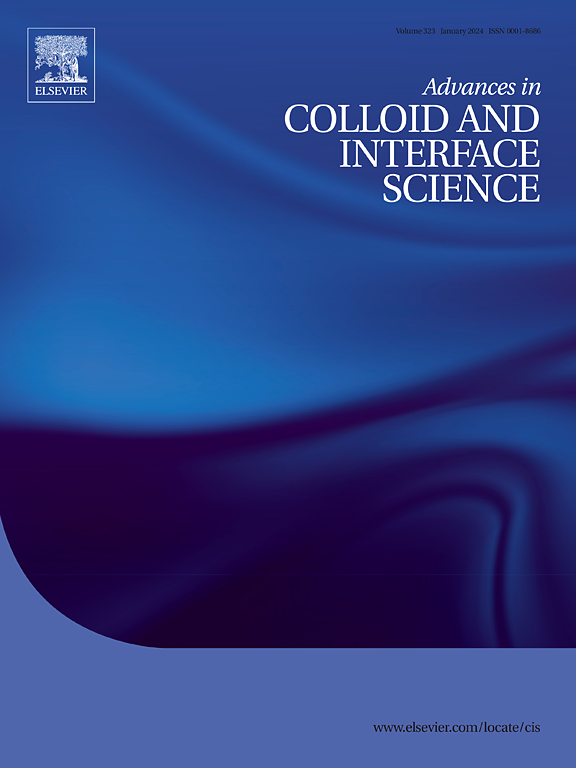State-of-the-art in natural hydrogel-based wound dressings: Design, functionalization, and fabrication approaches
IF 15.9
1区 化学
Q1 CHEMISTRY, PHYSICAL
引用次数: 0
Abstract
Natural hydrogel-based wound dressings, synthesized from biopolymers such as chitosan, sodium alginate, and cellulose, are gaining recognition in wound care due to their ability to promote healing through biocompatibility, moisture retention, and biodegradability. These materials foster an ideal healing environment by supporting cell proliferation and tissue regeneration while providing a protective barrier against infection. For chronic or infected wounds, enhancing the therapeutic performance of these hydrogels is essential. This review critically evaluates advanced functionalization strategies, including chemical modifications to optimize hydrogel properties, the incorporation of bioactive agents like growth factors and antimicrobial compounds, and the development of stimuli-responsive hydrogels that adjust to environmental cues such as pH, temperature, and enzymatic activity. Furthermore, fabrication techniques—such as solution casting, freeze-drying, electrospinning, and 3D printing—are discussed for their potential to generate tailored dressings with specific mechanical properties and bioactive capabilities. By highlighting key innovations and challenges, this review provides a comprehensive roadmap for the design, functionalization, and fabrication of natural hydrogel-based wound dressings, identifying critical areas for future research and development.

最先进的天然水凝胶伤口敷料:设计、功能化和制造方法
由生物聚合物如壳聚糖、海藻酸钠和纤维素合成的天然水凝胶伤口敷料,由于其通过生物相容性、保湿性和生物降解性促进愈合的能力,在伤口护理中得到了越来越多的认可。这些材料通过支持细胞增殖和组织再生,同时提供抗感染的保护屏障,营造了理想的愈合环境。对于慢性或感染伤口,提高这些水凝胶的治疗性能是必不可少的。这篇综述批判性地评估了先进的功能化策略,包括优化水凝胶性能的化学修饰,生物活性剂如生长因子和抗菌化合物的掺入,以及适应环境因素(如pH、温度和酶活性)的刺激反应性水凝胶的开发。此外,还讨论了溶液铸造、冷冻干燥、静电纺丝和3D打印等制造技术,因为它们具有生产具有特定机械性能和生物活性能力的定制敷料的潜力。通过强调关键的创新和挑战,本综述为天然水凝胶伤口敷料的设计、功能化和制造提供了一个全面的路线图,确定了未来研究和发展的关键领域。
本文章由计算机程序翻译,如有差异,请以英文原文为准。
求助全文
约1分钟内获得全文
求助全文
来源期刊
CiteScore
28.50
自引率
2.60%
发文量
175
审稿时长
31 days
期刊介绍:
"Advances in Colloid and Interface Science" is an international journal that focuses on experimental and theoretical developments in interfacial and colloidal phenomena. The journal covers a wide range of disciplines including biology, chemistry, physics, and technology.
The journal accepts review articles on any topic within the scope of colloid and interface science. These articles should provide an in-depth analysis of the subject matter, offering a critical review of the current state of the field. The author's informed opinion on the topic should also be included. The manuscript should compare and contrast ideas found in the reviewed literature and address the limitations of these ideas.
Typically, the articles published in this journal are written by recognized experts in the field.

 求助内容:
求助内容: 应助结果提醒方式:
应助结果提醒方式:


